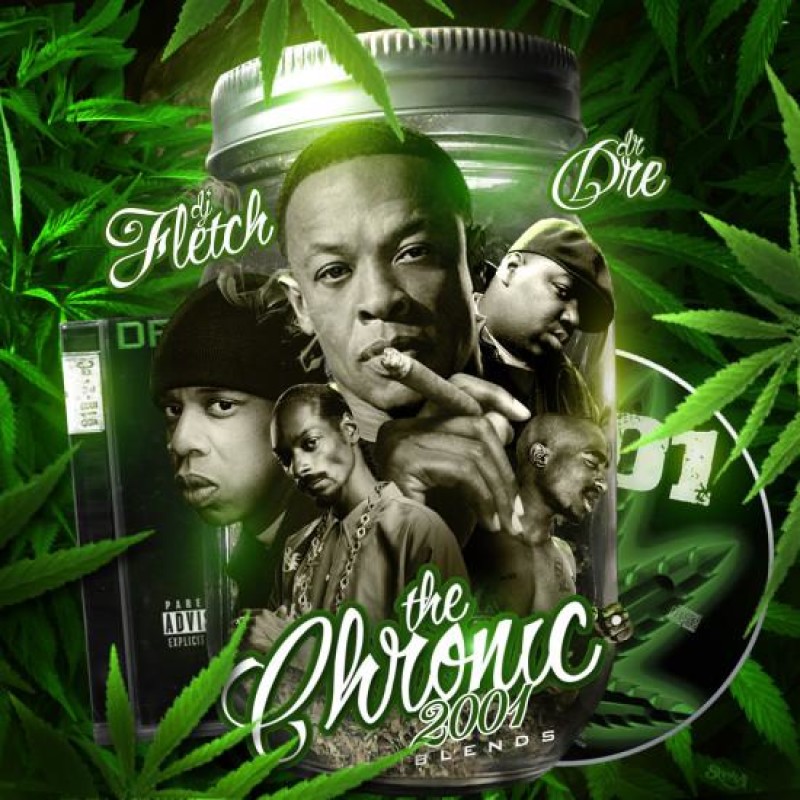
With his reputation at Interscope dwindling with every move, the signing of a young Eminem proved to be among the game’s clutch Hail Mary plays. His introductory Aftermath Presents compilation album was met with a lackluster response. His work with The Firm, the closest he’d come to lacing East Coast mafioso rap, flew under the radar. Dre, circa 1990 - Raymond Boyd/Michael Ochs Archives/Getty Images Dre’s position in the game was in an alarming state of flux. Snoop Dogg had left Death Row in his wake, having linked up with Master P’s No Limit records. DMX exploded onto the scene with back to back number one albums. Best-selling artists like Jay-Z had expanded their sonic palette, forsaking his New York mafioso aesthetic in favor of futuristic tones from Timbaland and Swizz Beatz. At the turn of the millennium, hip-hop was undergoing a stylistic shift. A revisitation of The Chronic reveals a gritty reality, one reflective of the early nineties' cultural landscape. Death Row’s brand of gangster rap seemed to favor the late-night stick up, with instrumentals like Snoop’s “Pump Pump” and Dre’s own “Natural Born Killaz” striking menacing chords. There have always been darker undertones to Dre’s music. “I stopped the 1/2 inch machine on the very first playback and asked him ‘how do you do it?’ He just smiled and said ‘ what?’” “I’ll never forget back when Dre and I were mastering “California Love” and I immediately knew this was a killer hit,” he reflects. A vision that would lead to the creation of clockwork hits, a talent not lost on Gardener. Dre was the one sitting right next to me ready to dig in.” A scholar who would go on to lead by example, Dre’s eagerness to study Gardner’s craft revealed the depths of his vision. Having the whole crew in their younger mode, hearing that totally different sound. Dre from the beginning,” explains 2001 mastering engineer Brian “Big Bass” Gardener. Dre in the studio - image courtesy of Gardener, for HNHH An additional talent that would go on to form one of his arsenal’s most valuable weapons.īrian "Big Bass" Gardener and Dr. Not only writing and performing, but honing his touch as an audio engineer. Not to mention his contributions to the soundtracks for Above The Rim and Murder Was The Case, classic singles like “Keep They Heads Ringing” and “Natural Born Killaz.” A discography that would match the pace of today’s most prolific artists, one he pioneered as the mind behind the boards.
#DR DRE CHRONIC 2001 SONGS FULL#
A full decade, in which he worked on two group albums ( Straight Outta Compton & N***az4Life), a solo album ( The Chronic), and Snoop’s Doggystyle. The first phase of Dre’s musical run began in 1986 with the formation of NWA, culminating with his 1996 departure from Death Row. Dre’s creative touch had reached Midas levels, to the point where Michael Jackson and Madonna were reaching out for his production. His time under Suge Knight’s Death Row umbrella, creating alongside Snoop Dogg, Kurupt, Daz Dillinger, and Nate Dogg, led to one of the great albums of our time: The Chronic. His work alongside Ice Cube, Eazy-E, MC Ren, and DJ Yella helped usher Gangster Rap into the mainstream, solidifying it as a dominant commercial genre. Dre approached the late-nineties, the Los Angeles producer was no stranger to greatness.

Especially in the aftermath of hard-fought success. Reinvention is among the artist's most difficult challenges.

Dre's "2001," be sure to revisit this piece on the project's 21st birthday.

While originally written last year for the 20th anniversary of Dr.


 0 kommentar(er)
0 kommentar(er)
